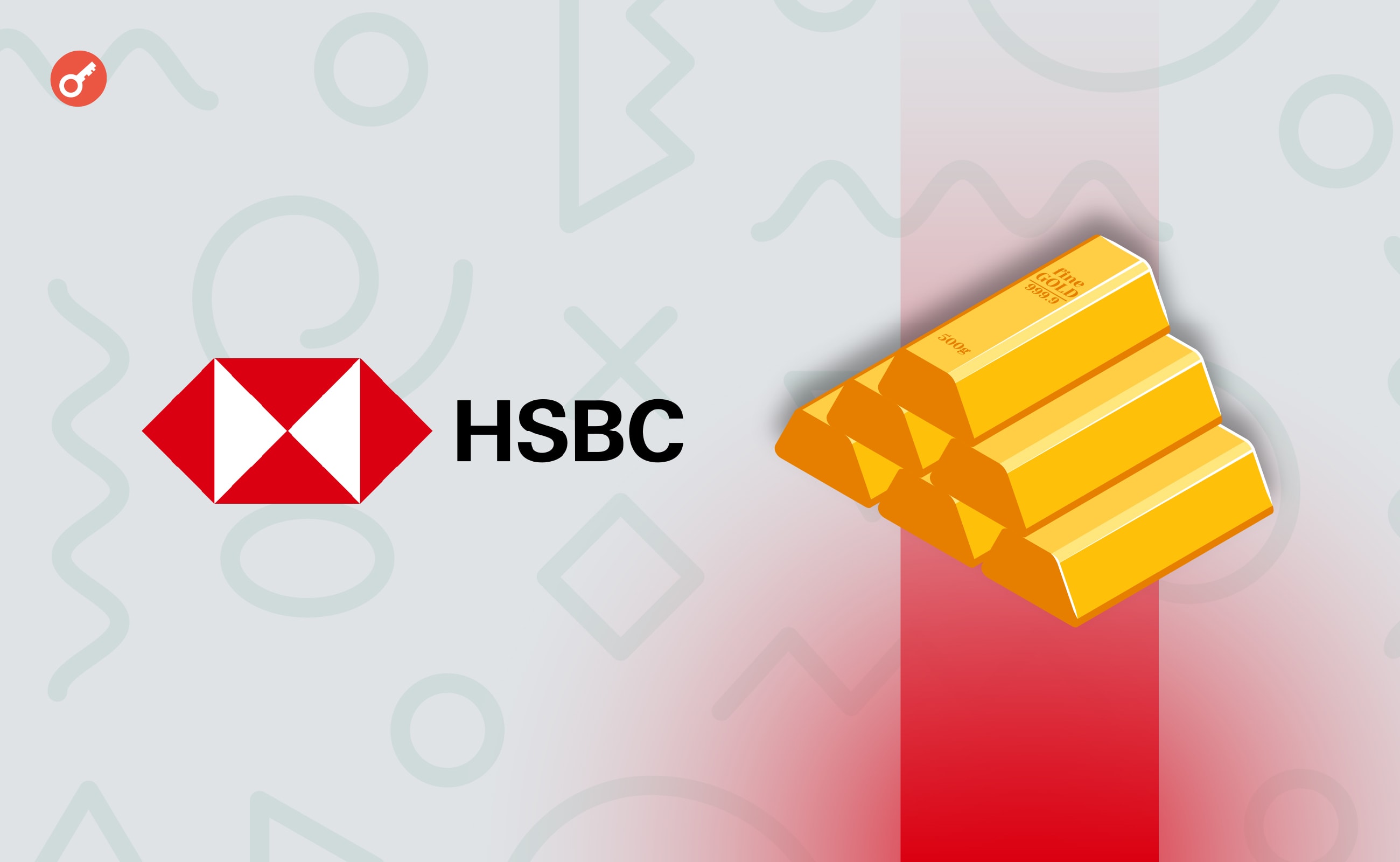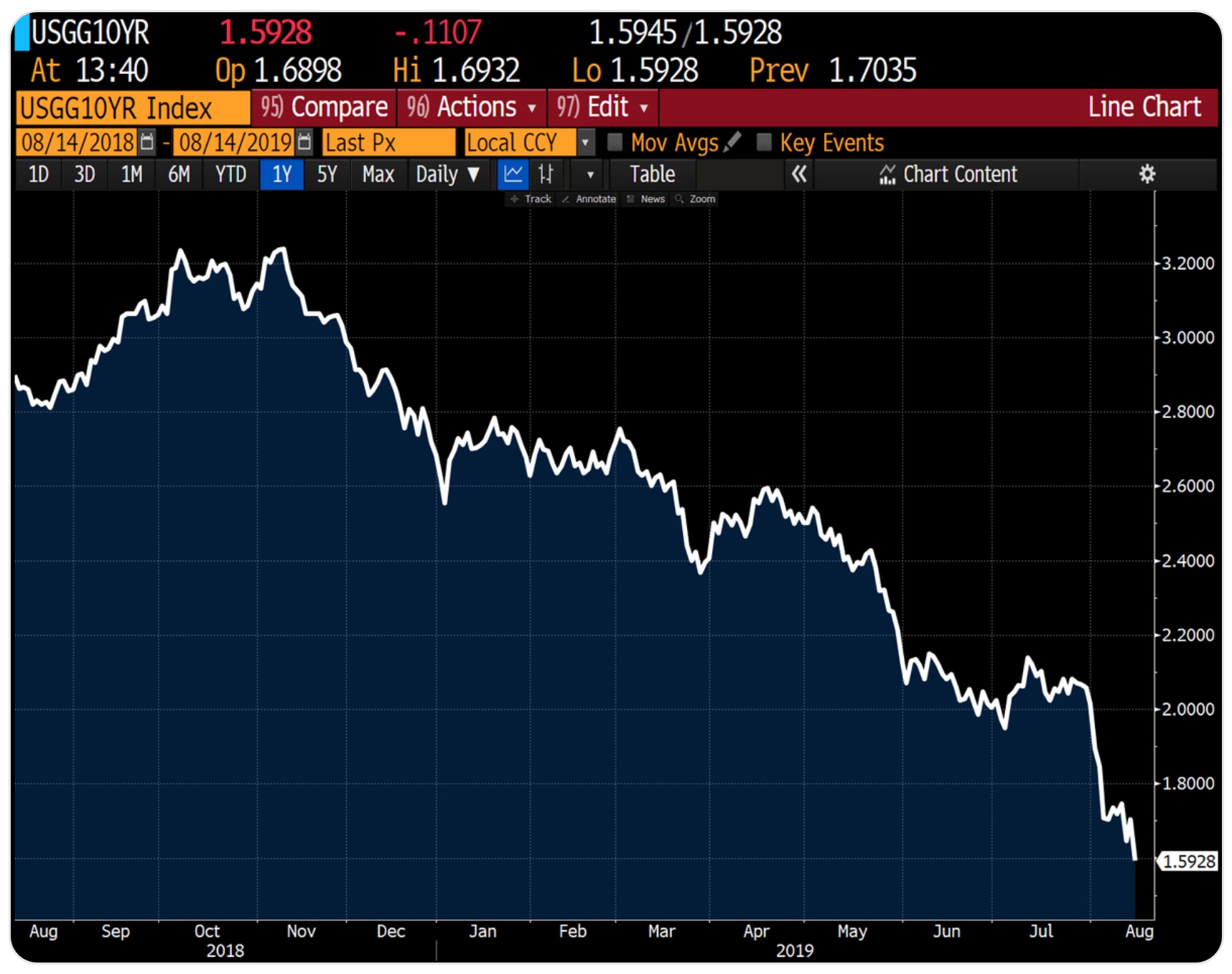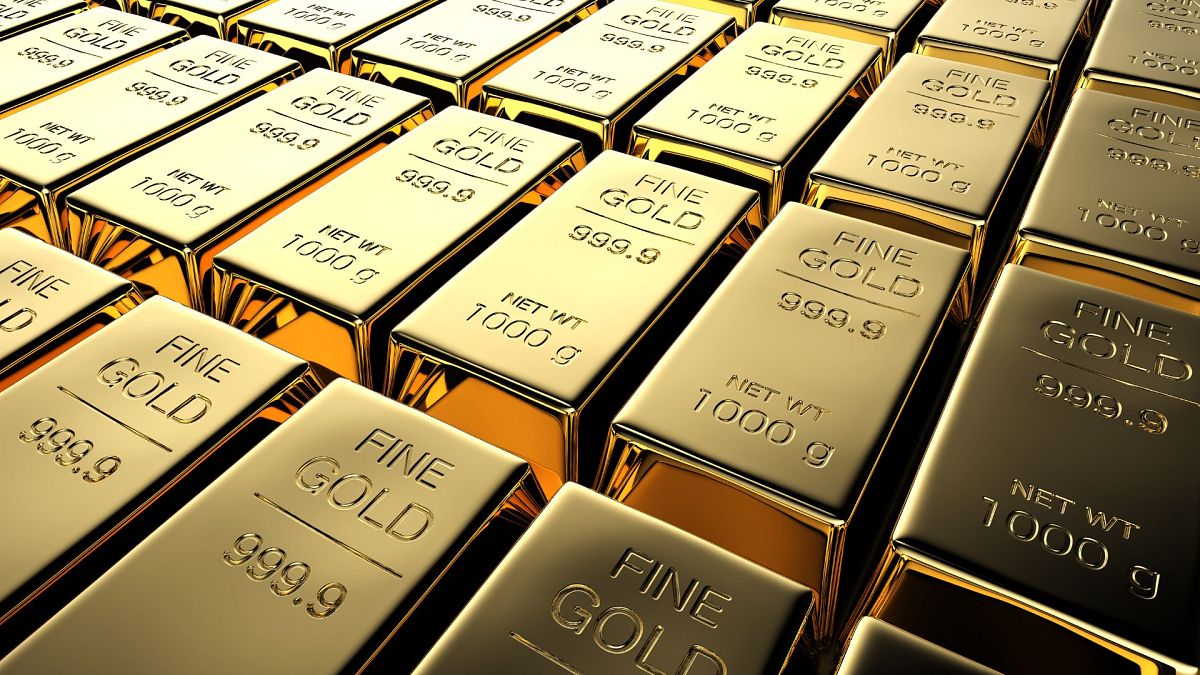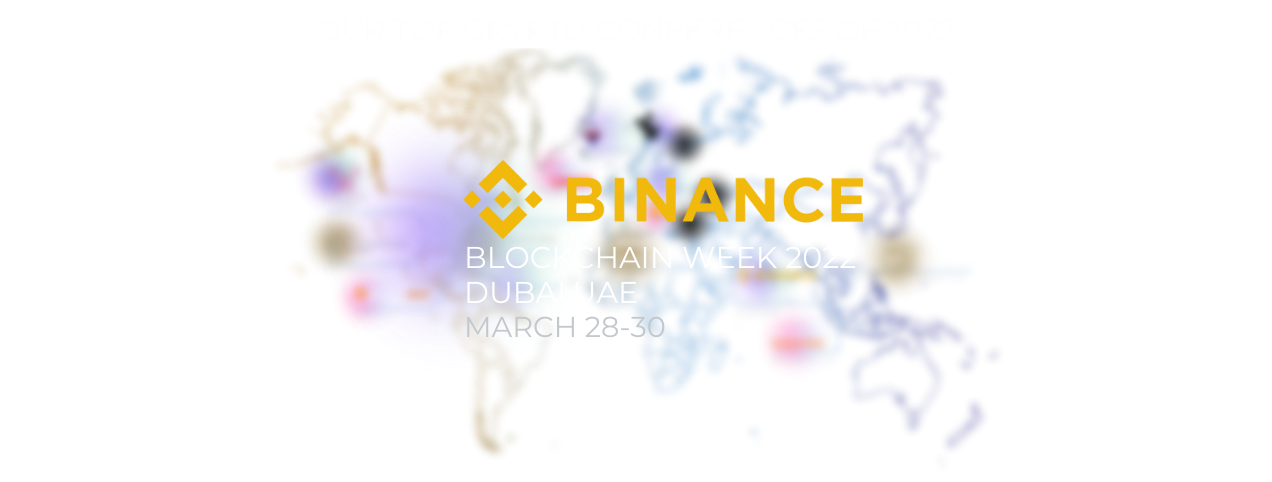Alright, folks, listen up! HSBC, one of the biggest players in the financial game, just threw a massive curveball into the gold market. They’ve dramatically revised their gold price forecasts, and let me tell you, it’s bullish. Really bullish.
They’re now predicting gold will hit a staggering $3015 per ounce in 2025, a significant jump from their previous estimate of $2687. And it doesn’t stop there – they see gold continuing its ascent to $2915 per ounce in 2026, a revision upwards from $2615. This isn’t some fly-by-night analyst; this is HSBC talking.
What’s driving this? A potent cocktail of factors, including persistent inflation, geopolitical instability, and central bank buying. Let’s break that down a bit.
Firstly, inflation refuses to be tamed. Even with rate hikes, it’s proving stickier than expected. Gold traditionally acts as an inflation hedge, meaning investors flock to it when the purchasing power of fiat currencies erodes.
Secondly, the world is a mess—geopolitically speaking. The Ukraine war, tensions in the Middle East, and rising global uncertainties all drive demand for safe-haven assets like gold.
Finally, central banks, particularly in emerging markets, are actively diversifying their reserves and adding gold, further supporting prices.
This isn’t just about speculation; it’s about recognizing the fundamental forces at play. If you’ve been sitting on the sidelines, questioning whether to increase your gold exposure…consider this your wake-up call. Don’t say I didn’t warn you when it’s trading at $3000!
Key Knowledge Points on Gold’s Price Drivers:
Gold’s price is rarely dictated by purely industrial demand. It’s a complex asset driven by macroeconomic factors.
Inflation is a core driver. As currencies lose value, gold, a finite resource, holds its purchasing power.
Geopolitical risk fuels safe-haven demand. Uncertainty pushes investors to perceived safety, benefitting gold.
Central bank buying significantly impacts the market. Increased reserves boost demand and support prices.
Interest rates have an inverse relationship with gold. Higher rates can decrease gold’s appeal due to opportunity cost, but this dynamic is weakening with persistent inflation.







